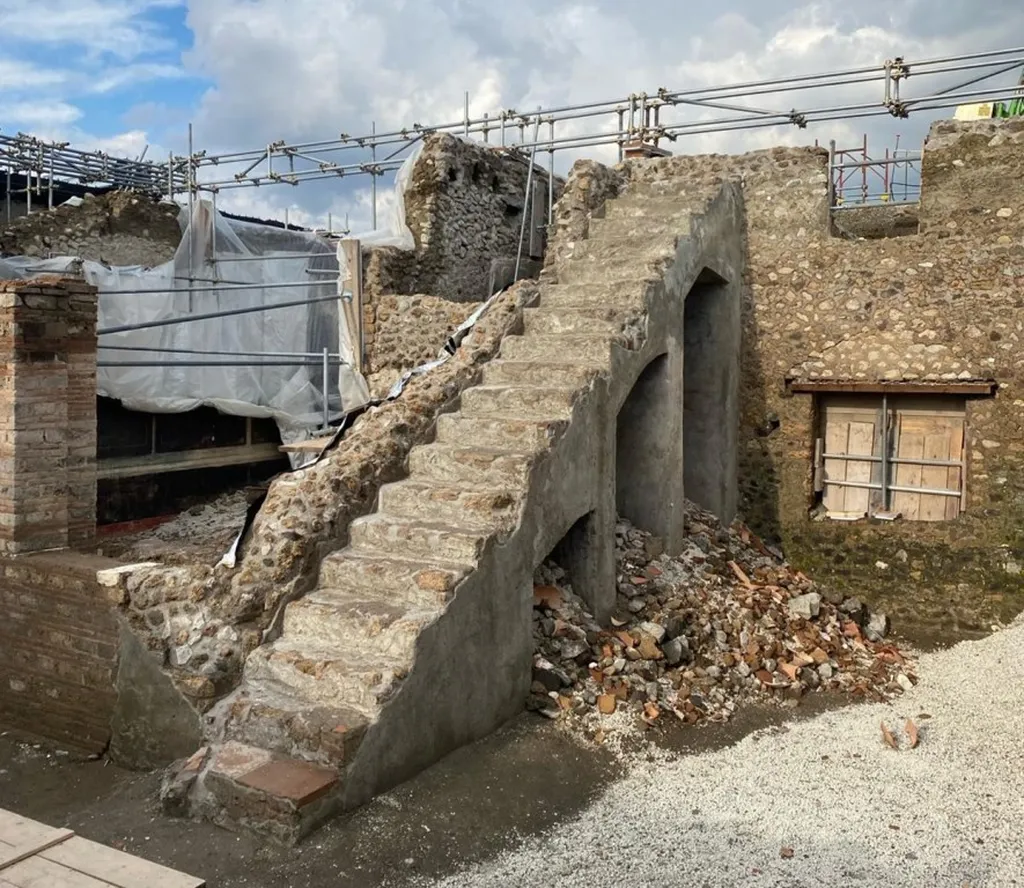In the ancient city of Pompeii, the walls whisper tales of a bygone era, their scars telling stories of battles fought and won. Now, these very walls are helping modern engineers unlock the secrets of Roman military technology, with implications that stretch far beyond historical curiosity. A groundbreaking study led by M. M. Thakkar from the Department of Mechanical Engineering at Politecnico di Milano is using cutting-edge simulation techniques to reverse-engineer the destructive power of Roman war machines, offering insights that could influence everything from material science to energy infrastructure protection.
The research, published in the International Archives of the Photogrammetry, Remote Sensing and Spatial Information Sciences—known in English as the International Archives of Photogrammetry, Remote Sensing and Spatial Information Sciences—begins with a simple observation: the visible dents on Pompeii’s fortified walls. These indentations, remnants of ancient projectiles, serve as a starting point for a sophisticated investigation into the engineering principles behind Roman military devices. By employing photogrammetric data and finite element analyses, Thakkar and his team are simulating projectile impacts on Grey Tuff, a type of volcanic rock commonly used in Roman construction, to estimate impact velocities and penetration depths.
“This study is not just about understanding the past; it’s about applying that knowledge to modern challenges,” Thakkar explains. The research involves developing material behavior models and integrating them into finite element analyses, a process that includes mesh convergence testing, calibration of impact velocities, and examination of impact angles. By aligning these simulations with the observed damage patterns on Pompeii’s walls, the team aims to reconstruct the launch conditions of ancient projectiles, shedding light on the design principles of Roman war machines.
The implications of this research extend beyond historical reconstruction. Understanding the destructive capabilities of ancient weaponry can inform modern material science and engineering, particularly in sectors where infrastructure protection is paramount. For instance, the energy sector, with its critical pipelines, power plants, and transmission lines, could benefit from advanced materials and designs inspired by Roman engineering. “The principles we uncover could lead to more resilient structures, better protective measures, and innovative designs that withstand extreme impacts,” Thakkar notes.
Moreover, the study’s methodology—combining photogrammetry, experimental recordings, and finite element analyses—sets a precedent for future research. It demonstrates the power of integrating historical data with modern simulation techniques to solve contemporary problems. As Thakkar and his team continue to refine their models, they are not only reconstructing the past but also paving the way for advancements in material science, infrastructure protection, and beyond. In doing so, they are proving that the lessons of history can indeed shape the future.

